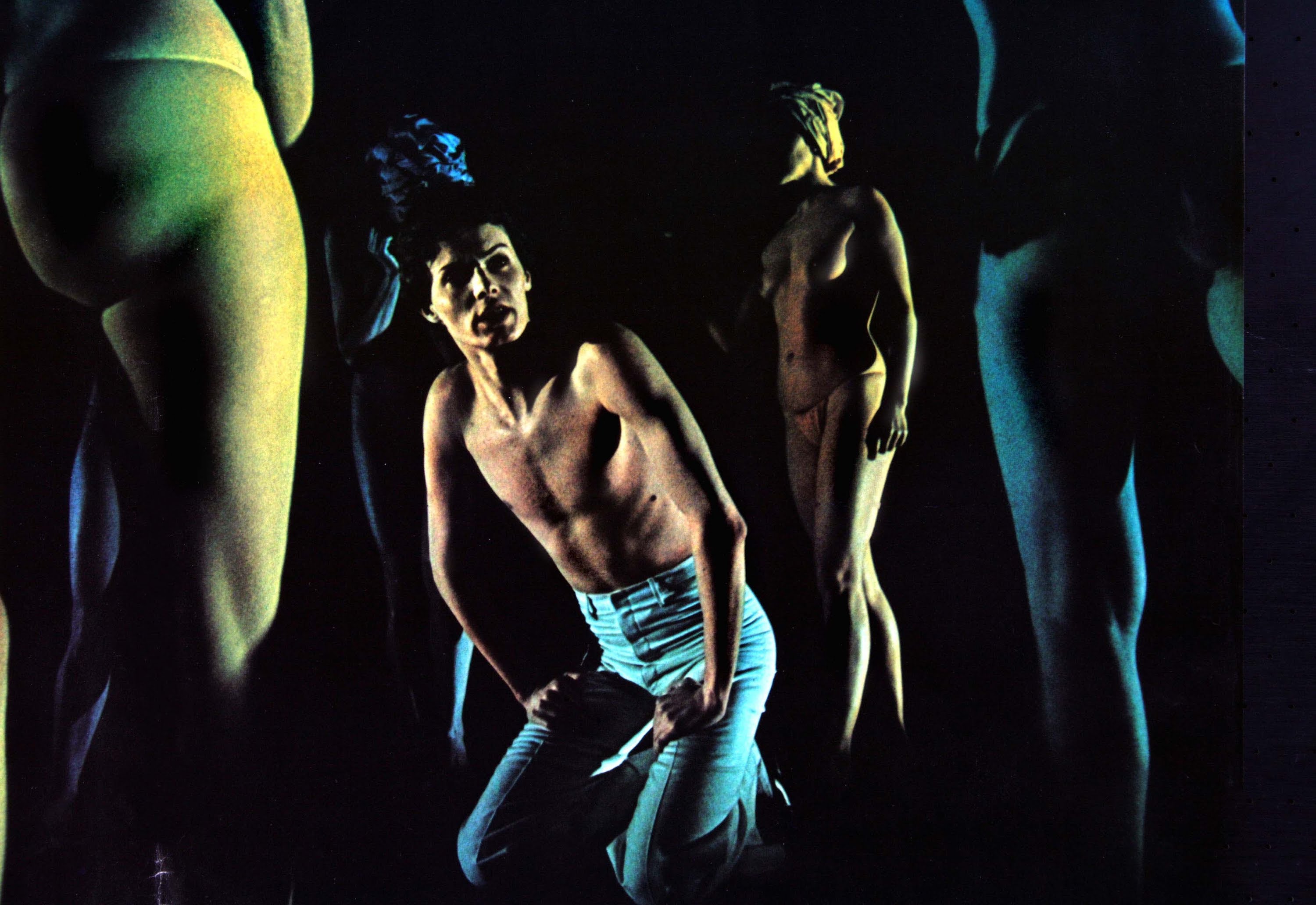

Automatic behavior: This symptom is described as falling asleep for several seconds but continues to perform routine tasks, such as eating, talking, driving or writing, without any awareness or later memory of ever doing the task.Examples include seeing a person or animal in the room, feelings of floating or sensations of being touched, and hearing an alarm or voices. Hallucinations are mainly visual (seen), but you can also feel like you can hear, taste or smell things. The hallucinations occur just before falling asleep (called hypnagogic hallucinations) or just after waking up (called hypnopompic hallucinations). Hallucinations: Usually, these delusional experiences are vivid and may be frightening.Episodes of sleep paralysis usually go away after a few seconds to a few minutes. Sleep paralysis: This symptom is the inability to move or speak just before falling asleep or just after waking up.Disrupted nighttime sleep: This symptom is described as frequent awakenings during the night.Although scary, there’s no damage from these episodes. The rate of attacks ranges from a few in a lifetime to several per day. You remain fully conscious during these attacks. Cataplexy usually lasts a few seconds to several minutes. The attacks range from a brief buckling of the knees or slackness in the jaw or drooping of eyelids to total body paralysis with collapse. Attacks can occur any time you are awake. Cataplexy: This symptom is a sudden loss of muscle tone or strength brought on by strong emotions, such as laughter, fear, surprise, stress or anger.People with EDS report mental cloudiness, a lack of energy and concentration, memory lapses, a depressed mood and/or extreme exhaustion.

Although brief naps during the day may help you feel rested and alert, tiredness returns within one to two hours. In general, EDS interferes with normal activities (work, school, home life, social activities) every day.

Other possible factors scientists think play a role in narcolepsy include: A shortage of hypocretin causes excessive sleepiness, and features of REM sleep (also called “dreaming sleep”) become present during wakefulness. Hypocretin is important for regulating the sleep/wake cycle including the rapid eye movement (REM) sleep state. Scientists have discovered that people with narcolepsy have a loss of a neurotransmitter (chemical signal) in the brain called hypocretin. Persons with type 2 narcolepsy have excessive daytime sleepiness but do not have cataplexy and have normal levels of hypocretin.
#Daylight hallucination plus
Persons with type 1 narcolepsy have excessive daytime sleepiness plus cataplexy and/or low levels of a chemical in the brain called hypocretin. Type 1 narcolepsy (previously called narcolepsy with cataplexy ).Because narcolepsy symptoms mimic depression, other sleep disorders, or other illnesses, it may go undiagnosed and untreated for years. Narcolepsy occurs in people of all ages, but the first sign of daytime sleepiness usually appears in the teenage years or twenties.

Up to 10% of people who have narcolepsy have a relative who also has the disorder. The disorder affects males and females equally. Who gets narcolepsy?Īpproximately one in 2,000 Americans has narcolepsy. These sudden sleep “attacks” may occur during any type of activity and at any time of the day. If you have narcolepsy, you experience excessive daytime sleepiness and may have uncontrollable episodes of falling asleep during the daytime. Narcolepsy is a neurological (nervous system) disorder that affects the brain’s ability to control sleep and wakefulness.


 0 kommentar(er)
0 kommentar(er)
